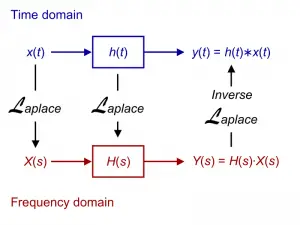
LTI systems refer to systems that are based on the Linear Time-Invariant theory. Â Systems that are tagged as LTI are mathematically rare or very difficult to accomplish. As its name suggests, Linearity is one of the properties of LTI systems. Â For linear systems, the excitation signals given must also produce the same type of output. Â In the case of input a, when this is introduced to produce excitation, the expected output is A. Â The same should apply for another type of input. Â The output should be linear and/or consistent with the excitation or input signal. Â When two different inputs are given in linear systems, two similar outputs are also expected. Â This theory is based on additive superposition. Â Whatever is introduced, the output must always correspond to it with the linearity feature of LTI systems.
Another basic feature of LTI systems is its time invariance component. Â As the term suggests, the time element involved in testing LTI systems must always be the same or must not be variable for any two given trials or experiments. Â This is especially applicable if the excitation or input signals and the starting point are also the same. Â With these important elements constant, time intervals in different trials must also be consistently the same. Â Having both components remain consistent with time and output, LTI systems are considered very difficult to achieve. Â For most experts in various fields, LTI systems are quite idealistic in terms of approach but they remain to be the models or standards in terms of system design and development.
LTI systems are used across different disciplines and industries including that of electronic circuitry, seismology, image processing, and signal processing among many others. Â In the case of signal processing, LTI systems are important in the sense that time signals can be made compatible with computer applications for the purpose of mathematical analysis.










Leave a Reply